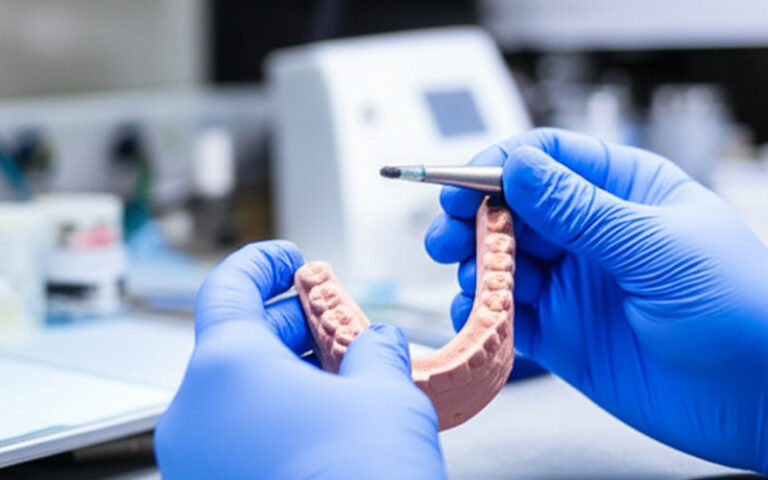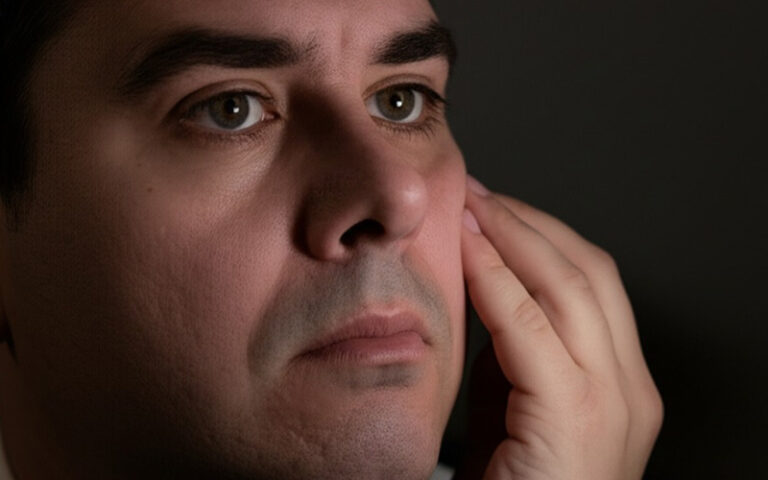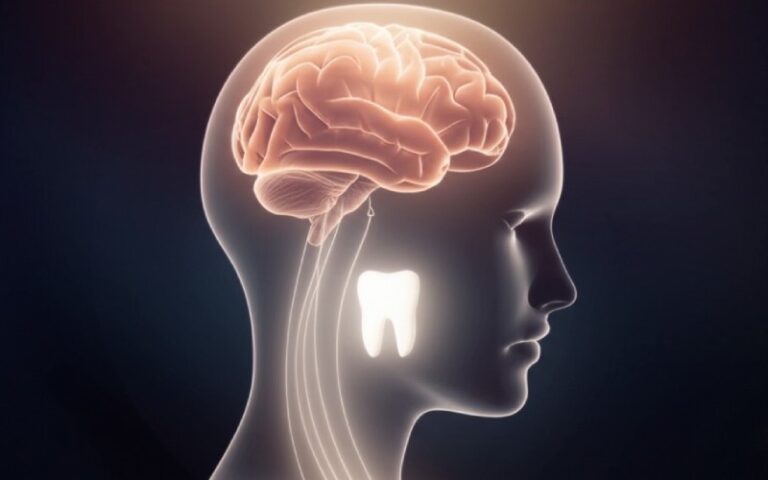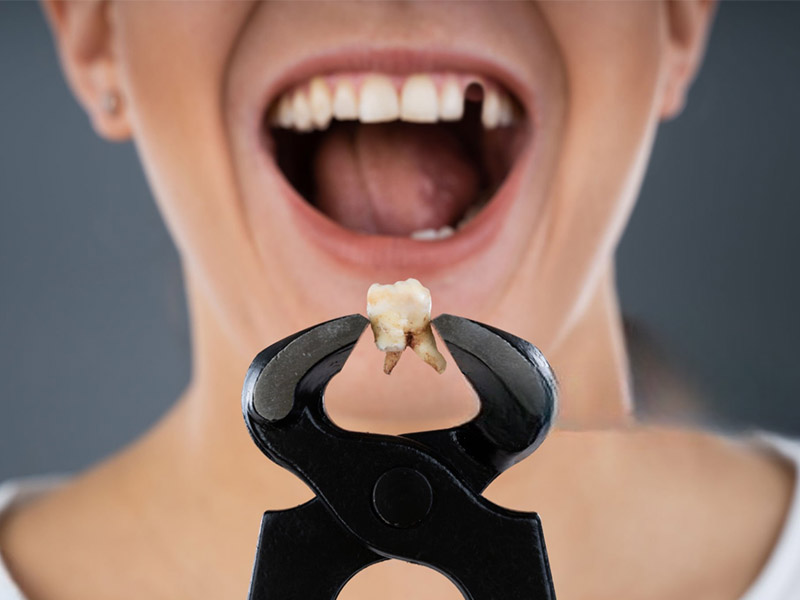
Sådan heler du efter en tandudtrækning: Guide til efterbehandling
In this article, we will walk through the whole tooth extraction journey together. We will cover why you might need one, what happens during the visit, and, most importantly, the aftercare steps to help you heal well. This will help you learn about tooth extraction and feel more in control.
Indholdsfortegnelse
Why Would My Dentist Say I Need a Tooth Extraction?
Sometimes, a tooth cannot be saved. Your dentist will always try to fix a tooth first. But there are times when the best choice for your oral health is to remove a tooth. One common reason is bad tooth decay. If a cavity is too big, a filling or a crown might not be enough. The decay can damage the tooth so much that an extraction is the only way to stop the pain and infection.
Another reason you might require tooth extraction is for orthodontic treatment. I had a friend whose mouth was too crowded. There was not enough space for his teeth to be straight. His dentist had to remove one tooth to make room so his braces could work properly. Impacted wisdom teeth are also a very common reason for an extraction. These are teeth at the very back of your mouth that don’t have room to grow in. They can cause pain or damage other teeth, so a dentist will recommend extraction. An extraction reduces future problems.
What Should I Tell My Dentist Before the Extraction?
Before any dental work, it’s very important to talk to your dentist. You must be honest about your health. Be sure to tell your dentist about any medicines you take. This includes prescriptions, over-the-counter drugs, and vitamins. Some medicines can affect bleeding, so your dentist needs to know. This helps them create the right treatment plan for you.
You should also tell your dentist if you have certain health conditions. These include things like heart problems, diabetes, or a weak immune system. If your extraction is complex, your dentist may send you to a specialist. These specialists are called an oral surgeon or oral and maxillofacial surgeons. They have special training in oral surgery. Being open with your dentist ensures your tooth extraction is safe.
What Is the Tooth Extraction Process Like?
The tooth extraction process can be done in two ways. The most common way is called a simple extraction. This is for a tooth that your dentist can see in your mouth. Many procedures in general dentistry are simple extractions. Your dentist or oral surgeon will give you a shot to numb the tooth and surrounding area. Then, they will use a special tool to gently loosen the tooth. Once it is loose, they will carefully remove the tooth from its socket.
The other type is a surgical extraction. This is needed if a tooth is broken at the gum line or has not grown in yet, like some wisdom teeth. For a surgical extraction, the dentist or oral surgeon has to make a small cut in your gum tissue to reach the tooth. Sometimes, they may need to remove a small piece of bone tissue around the tooth. They might also cut the tooth into smaller pieces to make it easier to remove. Don’t worry, you will be numb and won’t feel pain.
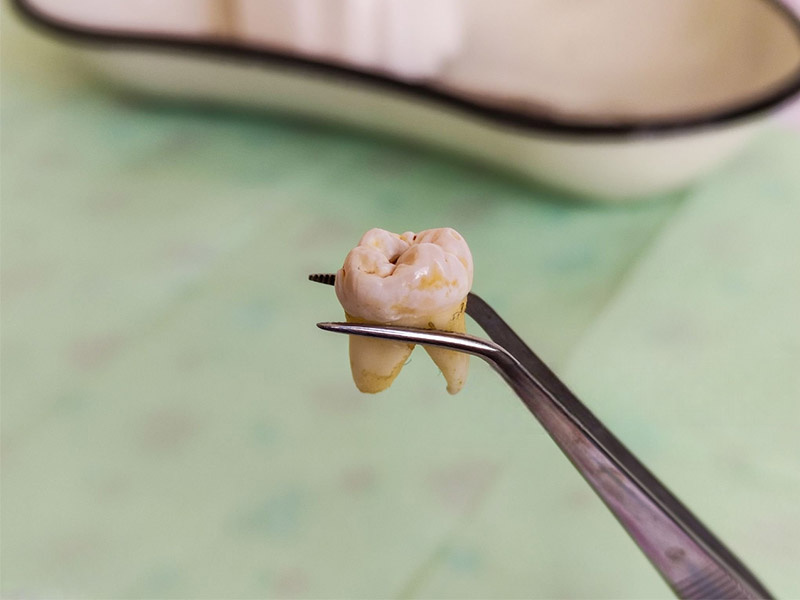
Will It Hurt to Have a Tooth Pulled?
This is the biggest question most of us have. The good news is that you should not feel pain during the tooth pulled procedure. Your dentist will make sure the area is completely numb. They use a local anesthetic to numb the tooth and the area around it. This is usually a shot in your gums. The anesthetic blocks the pain signals.
You may feel pressure. When the dentist has to loosen the tooth, you will feel a pushing or pulling feeling. But it should not be a sharp pain. If you do feel pain, you must tell your dentist right away. For people who are very anxious, the dentist may recommend sedation. Sedation dentistry helps you relax. It can range from a pill that makes you drowsy to full anesthesia where you are asleep. Your dentist will talk to you about the best option.
What Happens Right After a Tooth Is Removed?
Once the tooth is removed, a small hole is left in your jaw bone. This is called the socket. The most important thing that needs to happen now is for a blood clot to form in this socket. This blood clot is like a natural bandage. It protects the bone and nerves underneath. It is the first step in the healing process. Your body needs this blood clot to heal correctly.
To help the clot to form, your dentist will place a piece of folded gauze over the extraction site. They will ask you to bite down firmly on it. The pressure helps stop the bleeding. The bleeding should slow down a lot in the first few hours. A little bit of blood mixed with saliva is normal for the first day. This initial healing period is very important for a good recovery.
How Do I Use Gauze and Manage Bleeding?
Managing bleeding after an extraction is simple. Your dentist will give you extra gauze to take home. You need to keep biting down on the gauze over the extraction site. Keep the pressure on for about 30 to 60 minutes after you leave the office. This helps the bleeding stop and lets a good blood clot form in the tooth socket.
If the bleeding continues, you can replace the gauze. Take a new, clean piece of gauze, fold it into a small square, and place it directly over the empty socket. Bite down again with firm pressure. Don’t chew on it, just hold the pressure steady. A little bit of oozing is normal, but if you see a lot of bright red blood, call your dentist. The bleeding should mostly stop within a few hours following an extraction.
What Is the Proper Aftercare for a Dental Extraction?
Good aftercare is key to a fast and easy recovery. For the first 24 hours after the extraction, you need to be very gentle with your mouth. The main goal is to protect that blood clot. This means no smoking, no spitting, and no drinking through a straw. These actions can create suction in your mouth and pull the blood clot out of the socket.
You should also plan to rest. Don’t do any heavy lifting or hard exercise for a day or two. Propping your head up with pillows when you lie down can also help. To reduce swelling, you can apply an ice pack to your cheek. Put the ice pack on the outside of your face over the area of the extraction. Do this for 15 minutes at a time, then take a 15-minute break. This will help with swelling and make your mouth feel better.
How Do I Keep My Mouth Clean as It Heals?
Keeping your mouth clean is important, but you have to be careful. For the first 24 hours, you should avoid rinsing your mouth. Rinsing can disturb the blood clot. After the first day, you can gently rinse your mouth. Mix a half teaspoon of salt in a warm glass of water. Let the water move around your mouth gently, then let it fall out into the sink. Do not spit hard. You can do this gentle rinse a few times a day to keep the area clean.
You can still brush and floss your teeth. Just be very careful. Avoid the extraction site completely. Do not let your toothbrush touch the empty socket or the gum tissue right next to it. You can brush and floss your other teeth as you normally would. Being gentle is the most important part of cleaning while your mouth is healing. It’s important to do this to protect the extraction to avoid dislodging the clot.
What Soft Foods Can I Eat After My Tooth Extraction?
For a few days, you will need to eat soft foods. Chewing hard or crunchy foods can hurt the healing socket. Stick to things that are easy to swallow. Good choices include yogurt, applesauce, pudding, and smoothies. Just remember, no straws for your smoothies! You can also have soup, as long as it is not too hot. Mashed potatoes are another great option.
As you start to feel better, you can add more solid foods back into your diet. Start with things like scrambled eggs or oatmeal. Chew on the side of your mouth away from the extraction. It is best to avoid hard, crunchy, or sticky foods for at least a week. Taking care with what you eat helps the extraction site heal without problems. The healing time can be faster if you follow these rules.
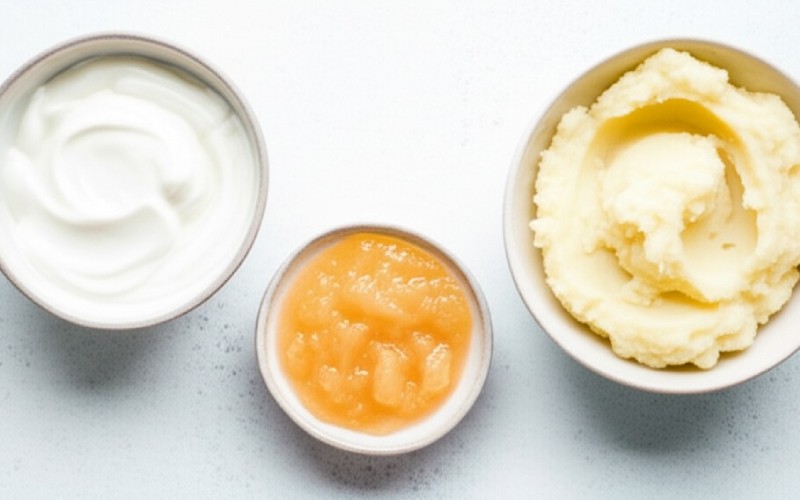
What is a Dry Socket and How Can I Avoid It?
A dry socket is the most common problem after a tooth extraction. It can be very painful. A dry socket happens when the blood clot in the socket gets dislodged or dissolves too soon. This leaves the bone and nerves exposed to air and food. This exposure is what causes the intense pain. The pain from a dry socket usually starts a few days after the extraction.
The best way to deal with a dry socket is to prevent it. Follow all of your dentist’s aftercare instructions carefully. The most important rules are no smoking, no spitting, and no using straws for at least a few days. These actions can easily pull the blood clot out of the socket. If you do get severe pain a few days after your extraction, call your dentist right away. Your dentist can place a special dressing in the socket to help it heal and relieve the pain.
What Are My Options for a Missing Tooth?
After your mouth has healed from the extraction, you might want to replace the missing tooth. Leaving a gap can sometimes cause problems. The surrounding teeth can shift or tilt into the empty space. This can affect your bite and make it harder to clean your teeth. Your general dentist can talk to you about your options.
For a single missing tooth, a popular option is a Tandimplantat. A dental implant is a titanium post that acts like a new tooth root. A crown is then placed on top. It looks and feels like a real tooth. Another option is a dental bridge, which uses the teeth on either side of the gap for support. If you have had multiple teeth removed, you might consider a partial denture. Your dentist will help you choose the best plan for your long-term oral health.
Ting at huske på
- Follow Instructions: Always listen to your dentist or oral surgeon. Their advice is key to a smooth recovery.
- Protect the Clot: For the first 24-48 hours, avoid straws, spitting, and smoking to keep the blood clot in place.
- Manage Swelling: Use an ice pack on your cheek for 15 minutes at a time to help reduce swelling and discomfort.
- Eat Soft Foods: Stick to foods like yogurt, mashed potatoes, and smoothies to avoid hurting the extraction site.
- Keep it Clean (Gently): After 24 hours, you can gently rinse with salt water. Brush your other teeth carefully, but avoid the empty socket.
- Rest: Give your body time to heal. Avoid heavy activity for a couple of days.
- Call Your Dentist: If you have heavy bleeding, severe pain, or think you have a dry socket, contact your dental office.

